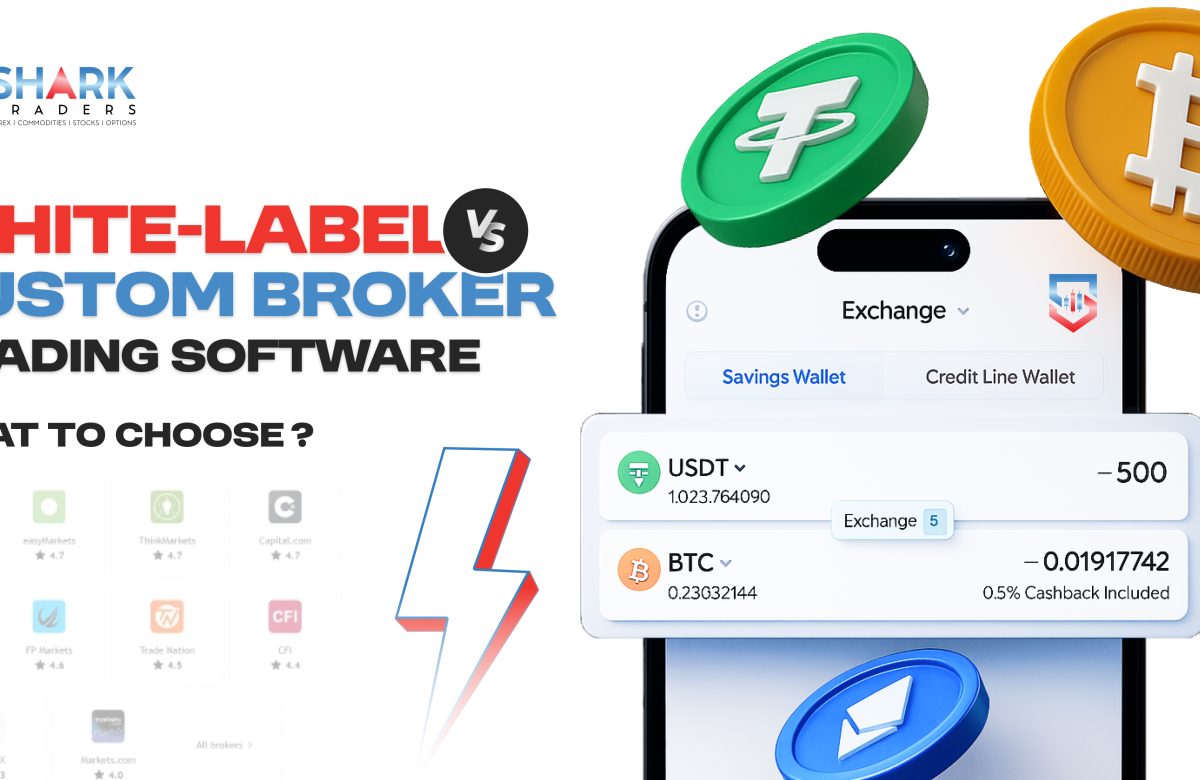Liquidity is a vital concept in financial markets. It significantly influences trading assets, regardless of asset type. Basically, this liquidity determines how easily a particular asset can be traded in the market. Whereas high-liquidity assets facilitate smoother transactions, low-liquidity assets create more challenges. These challenges may include issues such as price slippage, wide spreads, high volatility, and others.
Although these obstacles can be difficult to handle, there are several strategies to effectively manage low-liquidity assets. Let’s explore more about the difficulties that arise due to low liquidity in assets and how you can overcome them.
Understanding Low Liquidity Assets
Low-liquidity assets are those assets that aren’t actively being traded in the market. Ergo, they have fewer buyers and sellers, leading to wider bid-ask spreads. These assets can be challenging to convert into cash at a fair market price.
For instance, in the forex market, currency pairs like TRY/BRL (Turkish Lira vs. Brazilian Real) or SGD/TRY (Singapore Dollar vs. Turkish Lira) are considered low-liquidity assets. Unlike major pairs such as EUR/USD, these currency pairs are traded less frequently and face difficulties due to their low trading volume. Similarly, in the stock market, companies like Expion360 and Takurn Art are smaller firms whose shares are traded less frequently compared to larger companies like Apple and Microsoft.
Now, as it’s quite clear what these low-liquidity assets truly are, let’s learn about the key issues of trading low-liquidity assets.
Limited Order Execution
Low-liquidity assets face large trade execution issues, especially in off-market hours or when using less liquid exchanges. It is quite obvious that when finding buyers or sellers at your desired price, there would be delays.
Wider Bid-Ask Spreads
It is usual to find a major difference between the highest and lowest bidders. Now, such a significant gap reduces the chances of receiving better returns while increasing investment.
Market Manipulation
Market manipulation is one of the risks in thinly traded asset markets. Small-cap cryptocurrencies have been shown to have pump-and-dump schemes where wrong data is spread to inflate prices temporarily.
High Volatility
High volatility leads to sudden price fluctuations due to the dynamic nature of these assets. This is likely caused by smaller order sizes in the market, resulting in unpredictable movements and unexpected losses.
How To Deal With Challenges Concerning Low-Liquidity Assets?
The following strategies will help you overcome all of the difficulties related to low asset liquidity:
Diversification is the key
Liquidity is not concentrated on a single exchange, which is particularly true for cryptocurrency trading. Thus, there are chances that an asset can be less liquid on one exchange, moderately more liquid on a second exchange, and highly liquid on a third one. So, it is advisable to scan multiple decentralized exchanges (DEXs) for the best prices
Avoid bulk orders
You can use algorithmic trading tools to trade in smaller sets instead of larger trades. There are more chances that if you place orders in bulk, the price will move against your preferred price.
Prefer Limit Orders
Instead of the market order, it is preferable to place limit orders. Market orders can be filled even at unfavorable prices; however, limit orders provide better control of entry and exit prices. Also, it is important to check volume and depth indicators before placing orders.
Check for timings
Liquidity never remains the same throughout the day. At some hours, liquidity can be high and low at certain times. In the crypto market, although the market is active at all times, traders are active during US trading hours, and assets are more liquid at that time. Moreover, it isn’t a smart decision to trade assets on the weekends, as there is lower participation in the market at that time.
Plan out the exit before entering
Sometimes it is easier to purchase the low-liquidity assets, but selling them is way more difficult. So, it’s better to plan out the exit plan in detail. For that, you can check the following in advance:
- Stop-loss and target levels
- Order book depth and potential slippage
Adjust Position Sizes As Per Volatility
It is common that an asset with low liquidity would have higher volatility. Therefore, position sizes can be adjusted based on risk, as volatility-based position sizing effectively lowers risk exposure.
Conclusion
Low-liquidity assets can be a headache to handle, but if traded smartly, they can offer valuable opportunities. The strategies mentioned above in this blog can help protect your capital and optimize your trades. For more insights like this, stay tuned with Shark Technologies
Also Read : Everything You Should Know About Multi-Asset Trading Platforms in 2025





